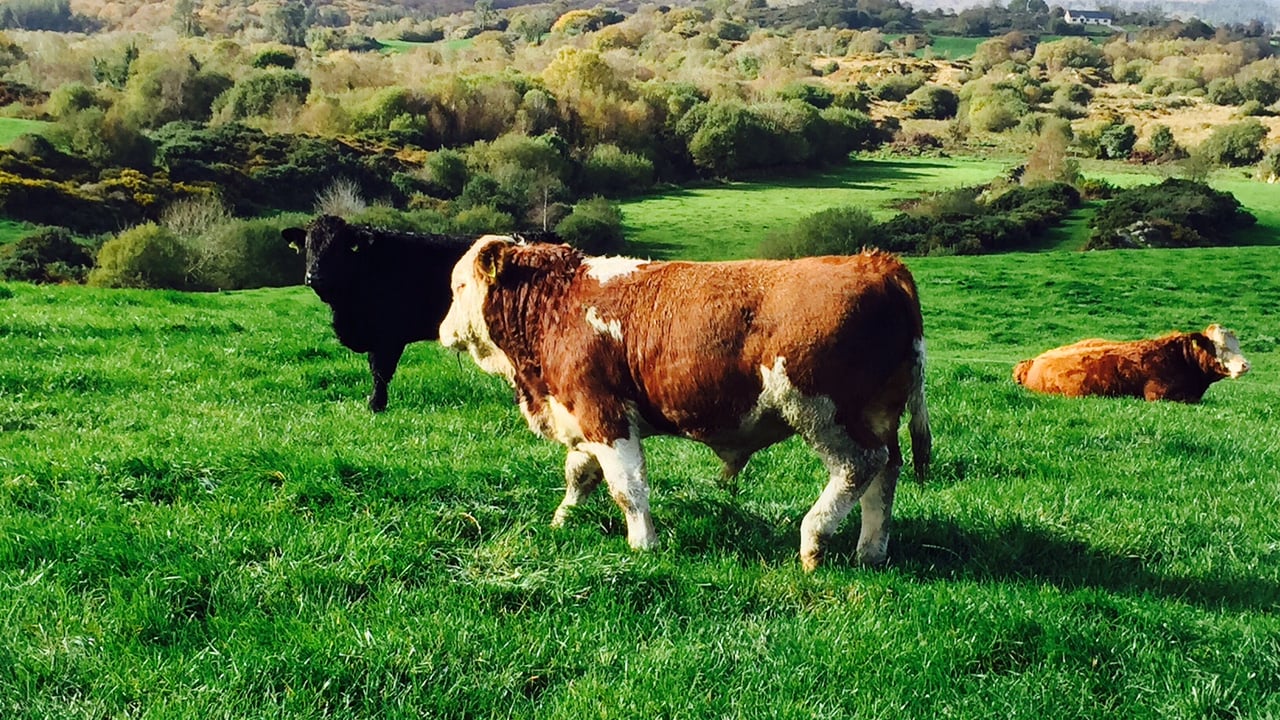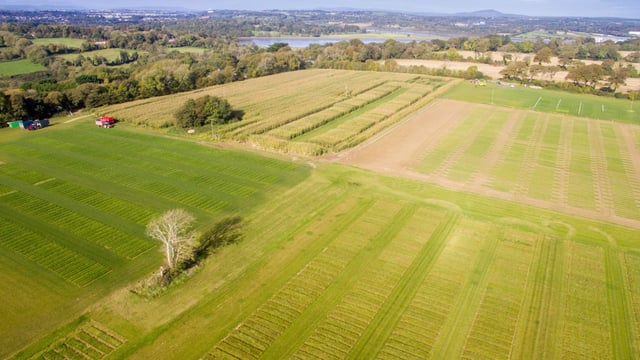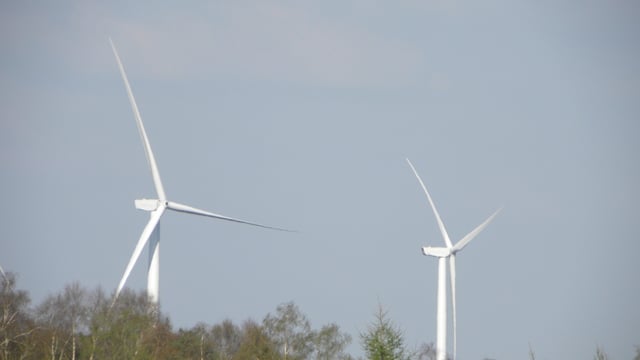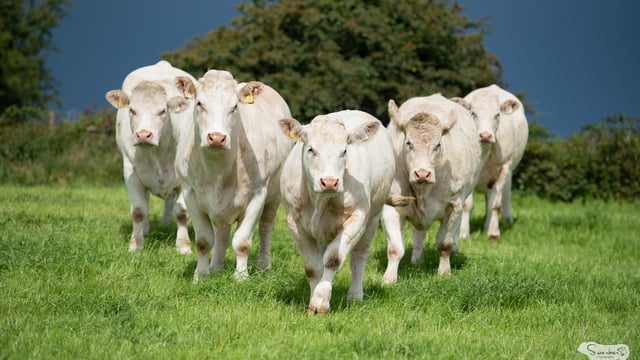Advice for farmers castrating males this spring
As many beef farmers have moved away from bull-beef production, many are now choosing to start castrating males - calves/weanlings - and opt for a steer finishing system instead.
Currently the number of young bulls slaughtered in 2021 is reaching 37,691 head, which in comparison to 2020, is behind by 14,424 bulls.
As the spring advances, we will see autumn-born bull weanlings gaining more strength and age - therefore the decision to castrate them should be made sooner rather than later.
If an animal goes over the six-month age bracket, by law, a local anaesthetic must be administered by a vet.
The timing for castration on farms can vary depending on farmers' opinions. In research carried out at Teagasc Grange, it indicates that bulls will grow faster than the castrated males - with the liveweight advantage being largely lost once the bulls are castrated.
There are three methods for castration:
A burdizzo is used to crush the spermatic cord and surrounding vessels, which has the same result as banding.
Banding (usually used when castrating younger calves) cuts the blood supply to the testes and scrotum, which eventually dries up and falls off.
Farmers have a third option which is to employ a vet to surgically remove the testes.
For advice and tips, Teagasc has recommended the following when it comes to castrating males this spring.
Tips for carrying out castration:





